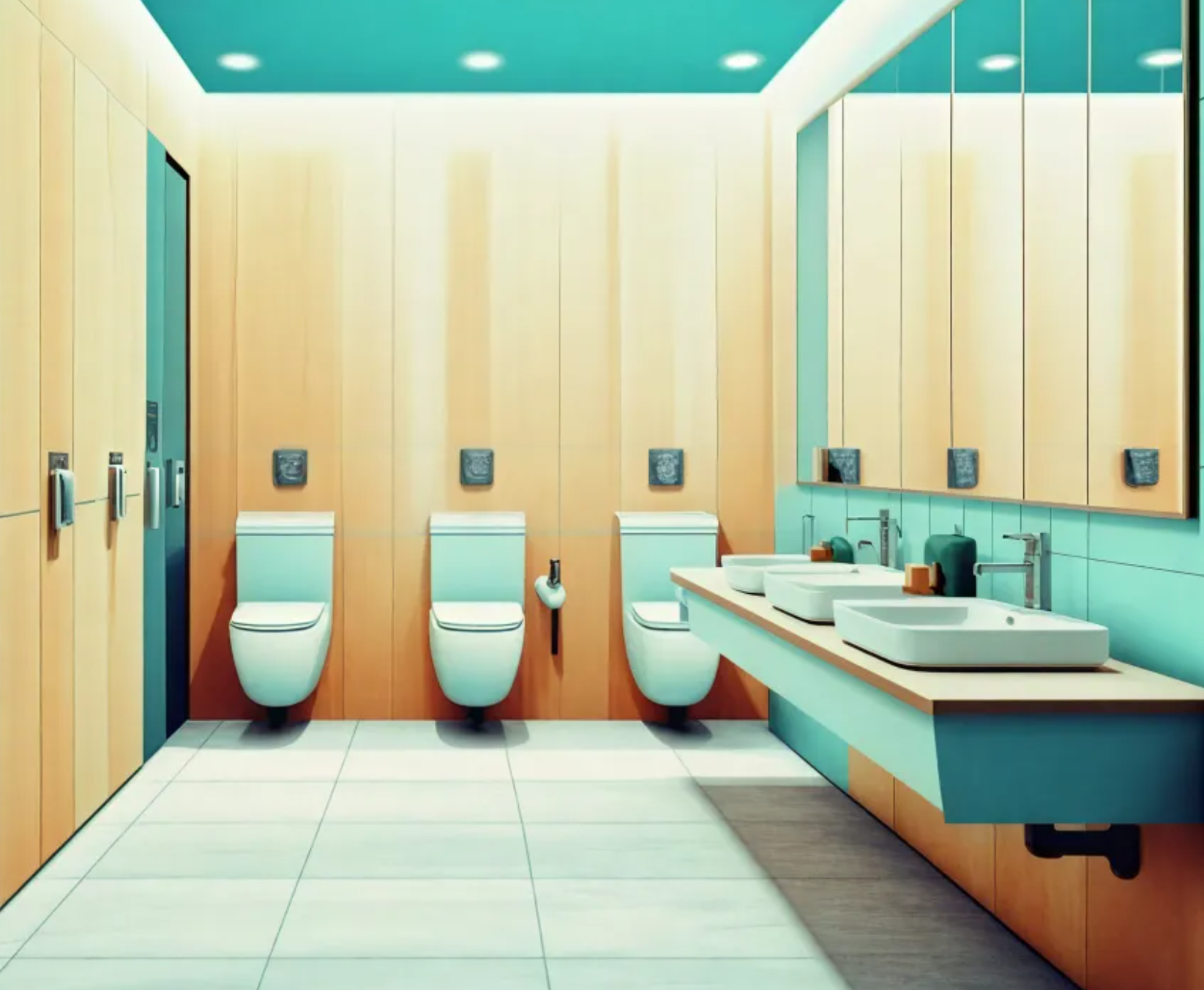Restroom Calculation 101: Determining Restroom Counts for Small Commercial Spaces
This guide explains how restroom fixture counts are calculated using the IBC, as adopted by Austin for plumbing, and highlights recent exceptions for small and quick-service businesses.
If you’re planning to open a small restaurant, café, retail store, or beverage shop in Austin, knowing how many restrooms you need is critical. Restroom requirements are based on your occupant load, business use type, and the plumbing code enforced in your city.
In this guide, we’ll explain how restroom fixture counts are calculated using the International Building Code (IBC), which is what the City of Austin uses for plumbing fixture calculations, even though it primarily adopts the Uniform Plumbing Code (UPC). We’ll also highlight recent code exceptions that benefit small and quick-service businesses.
What Plumbing Code Does Austin Use for Restroom Counts?
Although the City of Austin enforces the Uniform Plumbing Code (UPC), it uses the International Building Code (IBC) to determine the minimum number of required plumbing fixtures:
“422.0 Minimum number of required fixtures. Minimum number of required fixtures is based on Building Code Chapter 29 (Plumbing Systems). Each building must be provided with sanitary facilities, including facilities designed for an individual with a disability.”
Why it matters: The IBC 2902.1 (or IPC Section 403s) is often more flexible, especially for small or compact spaces, allowing unisex restrooms, single-user designs, and staff-only exceptions comparing to UPC.
When Is a Unisex Restroom Allowed?
Section 2902.2 – Separate Facilities
Under IBC Section 2902.2, separate toilet facilities for each sex are generally required, but unisex (single-user) restrooms are allowed under specific exceptions.
The IBC permits unisex restrooms under the following exceptions:
Exception 1 – Small Occupant Load 15 or fewer (2902.2.2):
In any occupancy with a total occupant load of 15 or fewer, separate toilet facilities for each sex are not required. A single unisex restroom may be used.Exception 2 – Business Occupancy with 25 or Fewer People (2902.2.4):
In Group B (Business) occupancies with 25 or fewer occupants, separate facilities are often not required. A single-user unisex restroom may be allowed, subject to local adoption or approval by the building official.Exception 3 – Single-User Toilet Rooms provided (2902.2.5):
Separate multi-user restrooms are not required when a single-occupant toilet room is provided for each sex, or when two or more unisex restrooms are provided that meet fixture count requirements.Exception 4 – Certain Occupancy Types (B, F, S):
In Group B (Business), F (Factory), and S (Storage) occupancies—and other similar occupancies as approved by the building official—unisex single-user toilet rooms may be provided in place of separate male and female multi-user restrooms.
Use Group B Instead of Group A to Reduce Fixture Count
Many small restaurants or food and beverage spaces fall into a gray area between Assembly (Group A) and Business (Group B) occupancies. Classifying your space correctly can significantly impact your restroom requirements.
IBC Section 303.1.1 – Assembly Spaces with Fewer Than 50 People
“A room or space used for assembly purposes with an occupant load of fewer than 50 persons shall be classified as a Group B occupancy.”
This matters because:
Group A (Assembly) occupancy generally requires separate sex restrooms
But if your occupant load is under 50, you may classify your space as Group B
And if your occupant load is also under 25, you may qualify for a single unisex restroom
Design tip: If your restaurant or beverage shop has a small seating area, try to keep the occupant load under 25 and use Group B classification. This allows you to provide just one unisex restroom under IBC 2902.2 Exception 2.
By planning your layout and occupancy carefully, you can avoid building two separate restrooms—which is a significant space and cost saver for tight retail spaces.
Public Restrooms for Takeout and Pickup Spaces
If your business is focused on quick transactions—such as a takeout-only restaurant, drink shop, or dessert bar—there’s another exception you can use.
Section 2902.3 – Employee Toilet Facilities
IBC 2902.3 (2):
“Structures and tenant spaces intended for quick transactions, including takeout, pickup and drop-off, having a public access area less than or equal to 300 square feet, shall not be required to provide public toilet facilities.”
So if your public access space is ≤ 300 sq. ft and is intended for quick transactions, then you may omit a public restroom entirely—but you must still provide one for staff.
How M41 Studio Can Help
If you’re designing or opening a small business in Austin, understanding these restroom exceptions and fixture requirements can save you time, money, and square footage. Whether you’re planning a café, takeout shop, boutique, or drink bar and need help aligning your layout with your architectural goals, we’d be happy to assist!
2902.1 Min Required Plumbing Fixture Table
City of Austin Amended Occupancy Ratio: modification for Business occ ratio.



